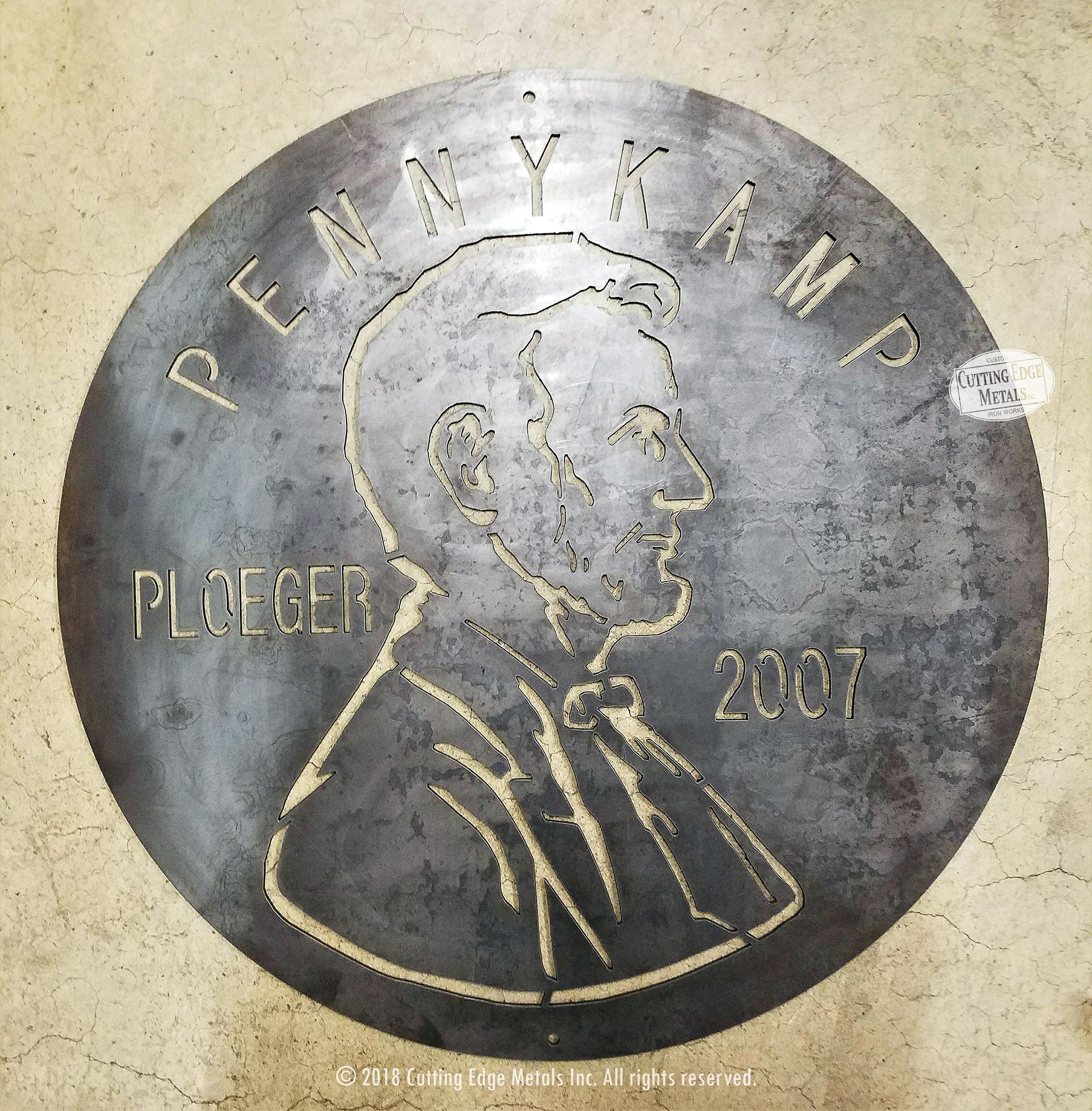Plasma Cut Steel Edge

The arc column grows in diameter widening the kerf to a point where the high velocity portion of the plasma jet no longer blows the molten metal away from the cut.
Plasma cut steel edge. Capability of the cnc machine and torch height control process variables e g. Air plasma systems and nitrogen generally older technology plasmas from 20 years ago used nitrogen as the plasma gas for cutting steel plasma systems produce a nitride finish of approximately 005 depth directly on the cut face. Plasma cutting is practically a good choice for cutting shaped metals such as angles tubes channels etc. It had the advantages over traditional metal against metal cutting of producing no metal chips giving accurate cuts and producing a cleaner edge than oxy fuel cutting early plasma cutters were large somewhat slow and expensive and therefore tended to be.
Furthermore all welding procedures when required are in strict accordance with asme ix 2010 2011 and bs en iso 15609 1 2004 codes and procedures. Plasma cutting system e g. Material variability gas purity operator experience. Air plasma system oxygen plasma high definition class plasma motion control device e g.
Plasma cut runs and operates in strict accordance with our iso 9001 2015 accreditation issued by tuv rheinland. An average plasma cutter can handle material with a thickness from 1 4 inch to 1 inch. Instead that metal accumulates along the bottom edge of the plate forming low speed dross. Different gas combinations will react with the cut metal edge and affect the weldability of the surface.
With an edge start plasma can cut up to about 160mm. T squares usually come in 4 foot lengths so if you have to draw an 8 foot line you will need to use the t square on both sides of the steel. This is especially true for thicker stainless steel plates where plasma cutting is almost universally considered the best solution. This is why stainless steel cut edges benefit from mixtures like f5 and h35 35 percent hydrogen and 65 percent argon for the plasma gas and nitrogen as the shielding gas.
Drawing a straight cut line on steel plate is easy using a large t square simply place the t square on the the edge of the steel snug and it will provide you with a straight edge to draw your line. For systems with advanced mixing capabilities higher levels of hydrogen in the plasma gas mixture are used to cut thick stainless steel. Selecting the appropriate gas combination is a key component in ensuring high quality welds. The gases that may be selected for automated plasma cutting are dependent upon the type of torch used by a plasma system.
This nitride finish puts a case hardening chemical effect not just haz on the edge. Plasma cutting grew out of plasma welding in the 1960s and emerged as a very productive way to cut sheet metal and plate in the 1980s. Some models with higher specs amp outputs can handle up to 2 inches. High definition plasma machines can cut up to 6 inch steel.














































